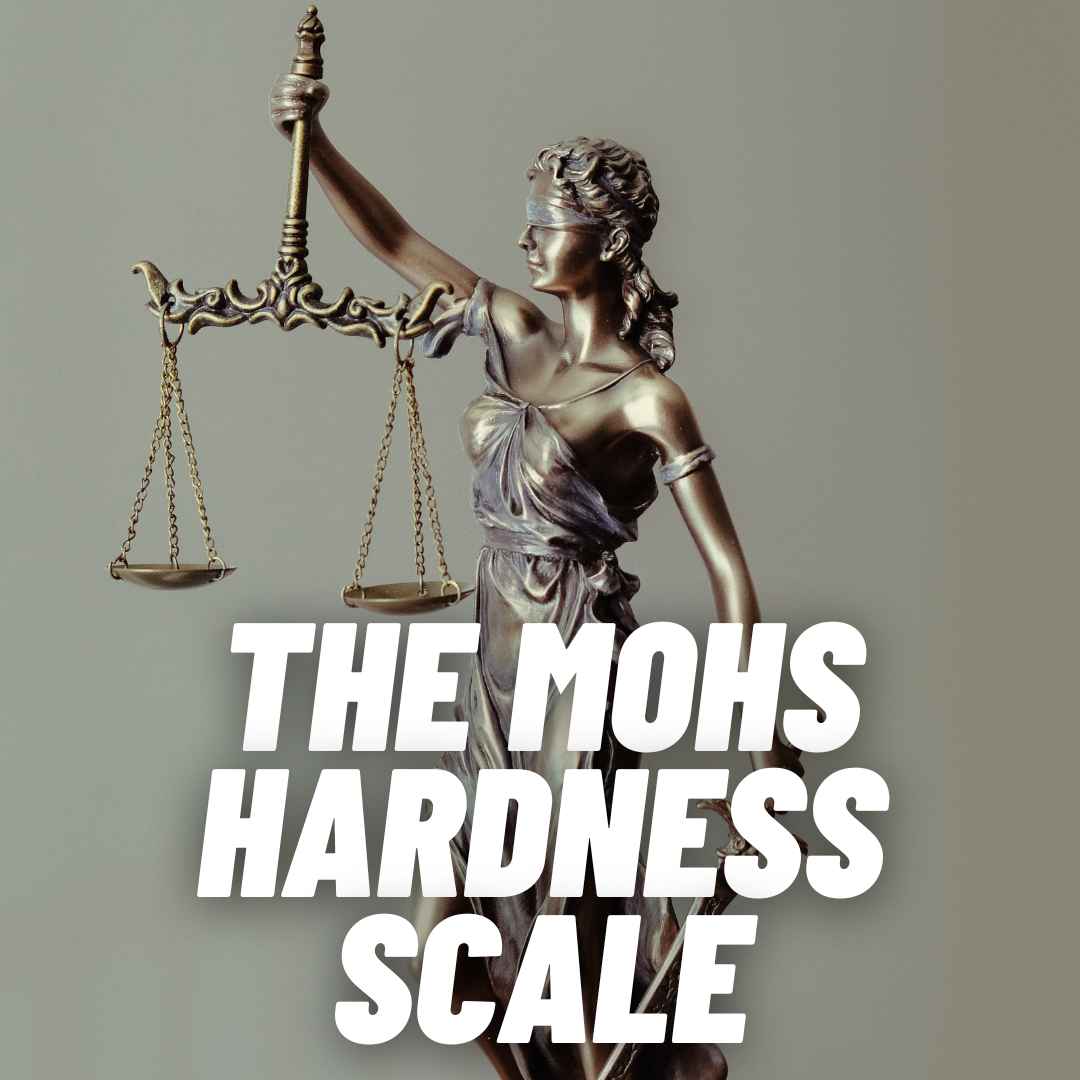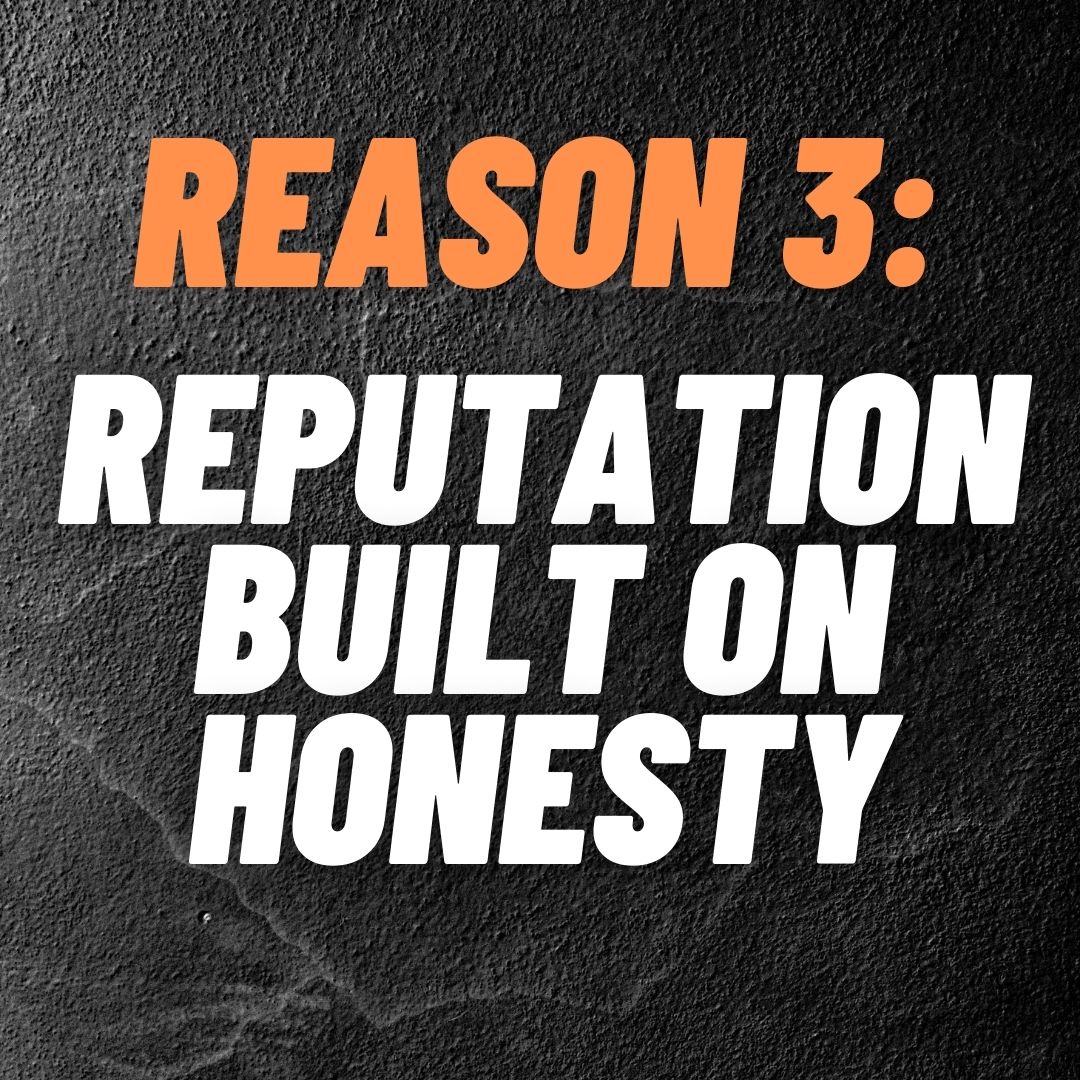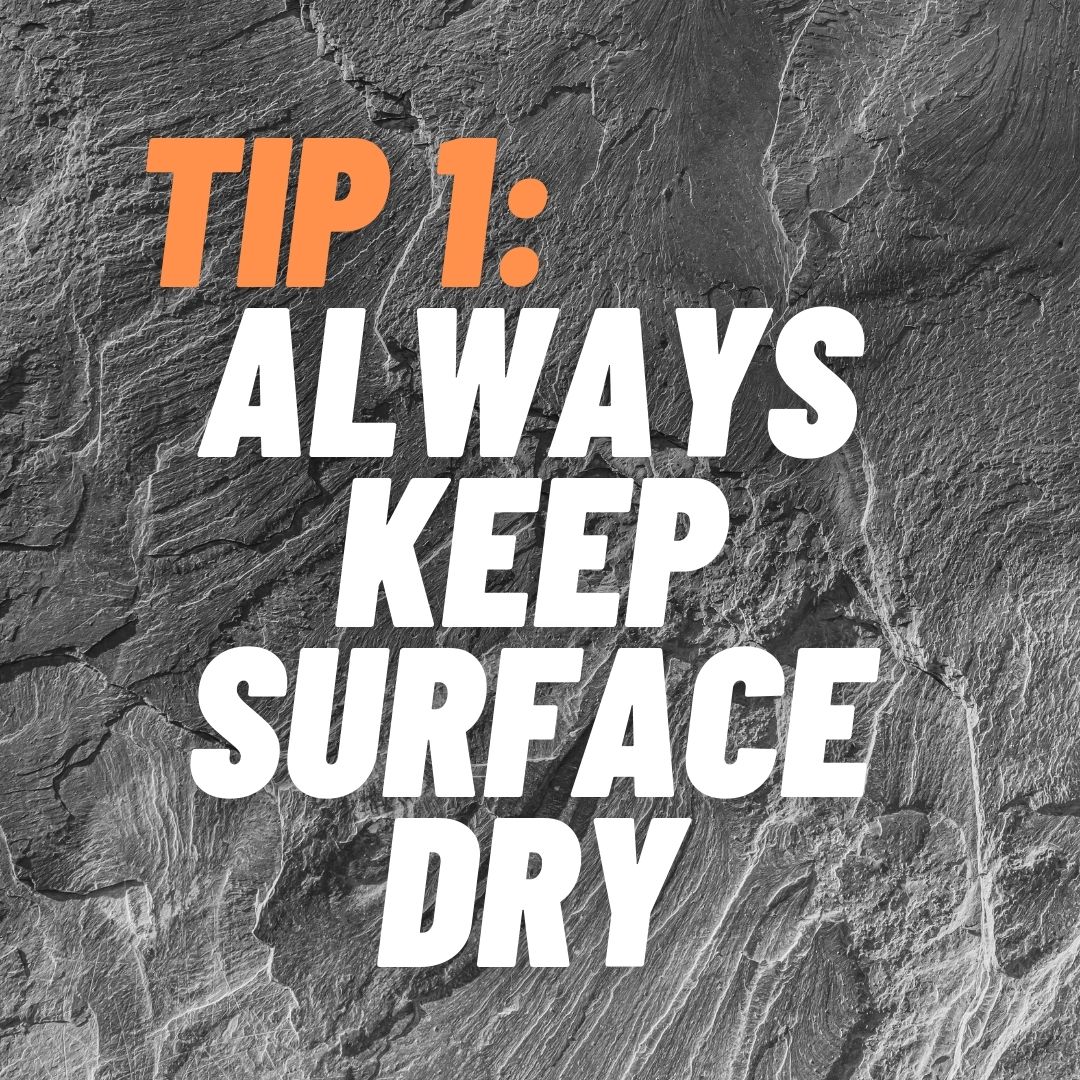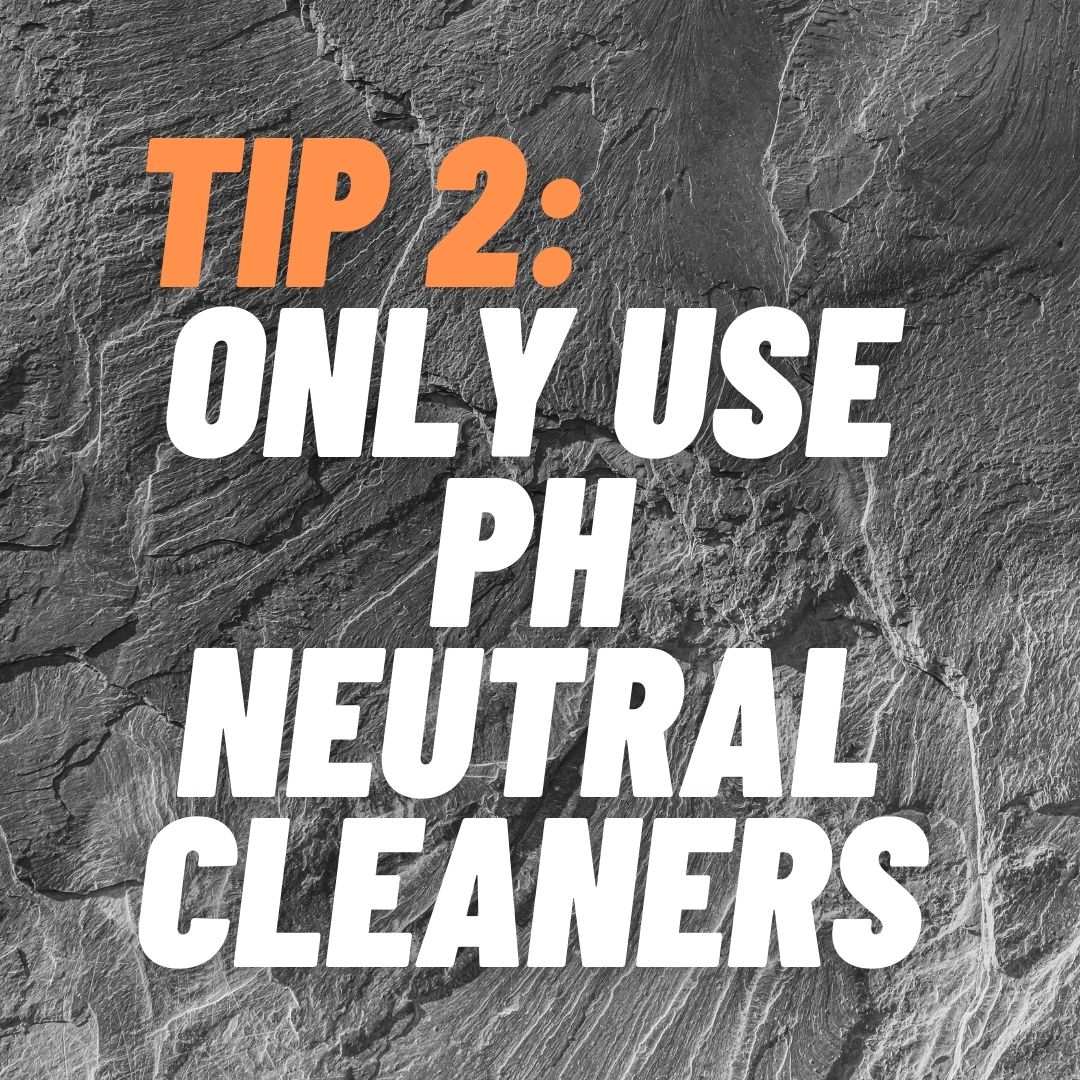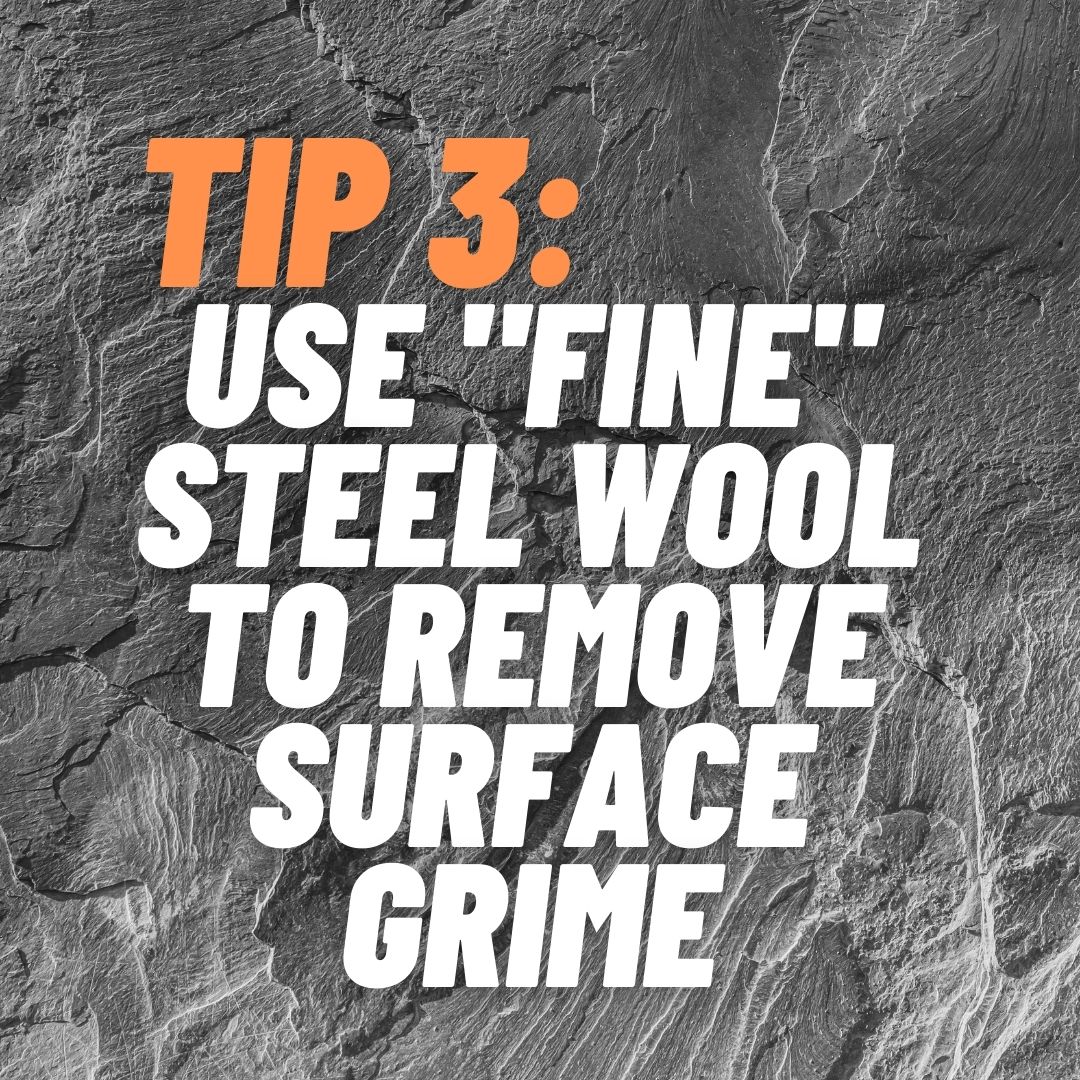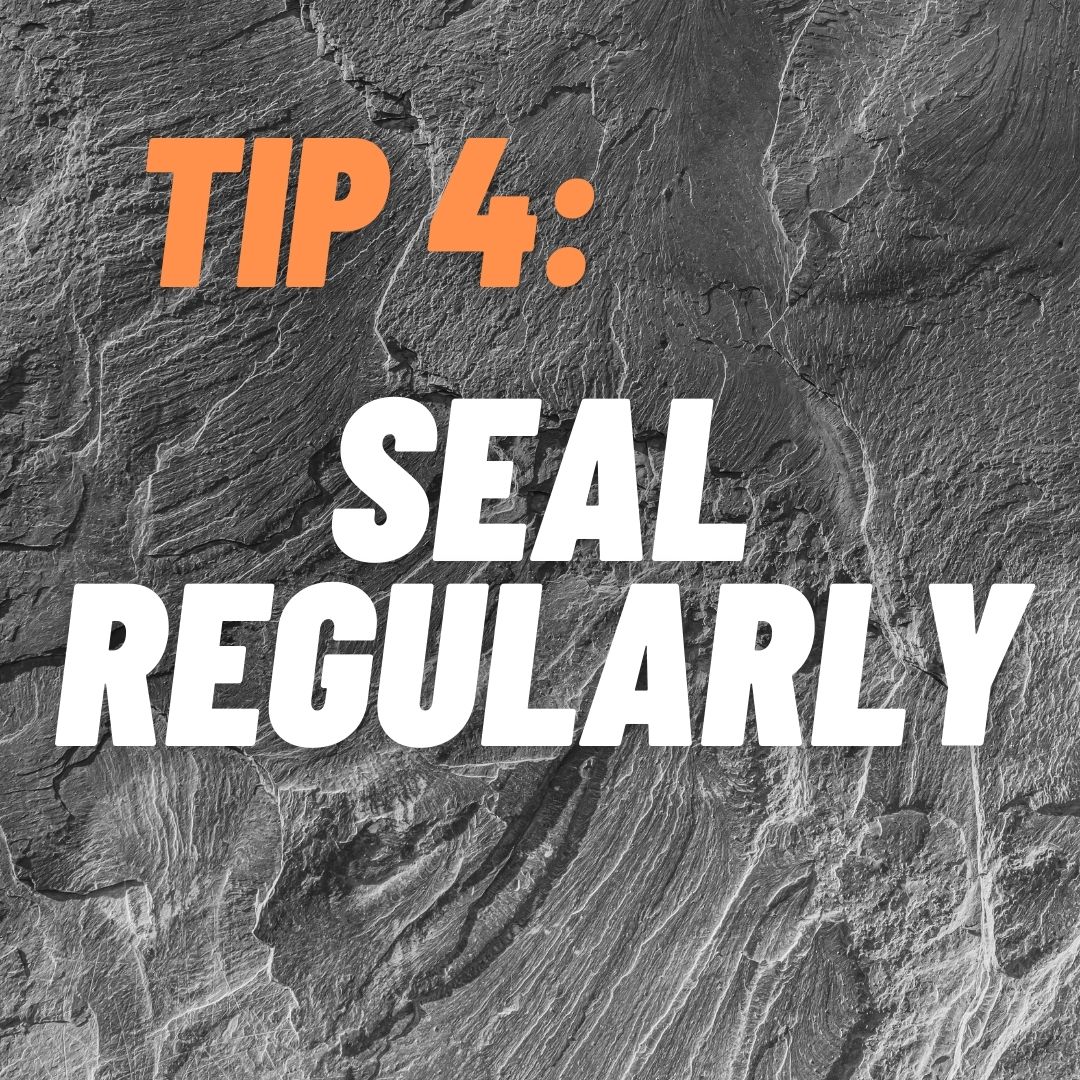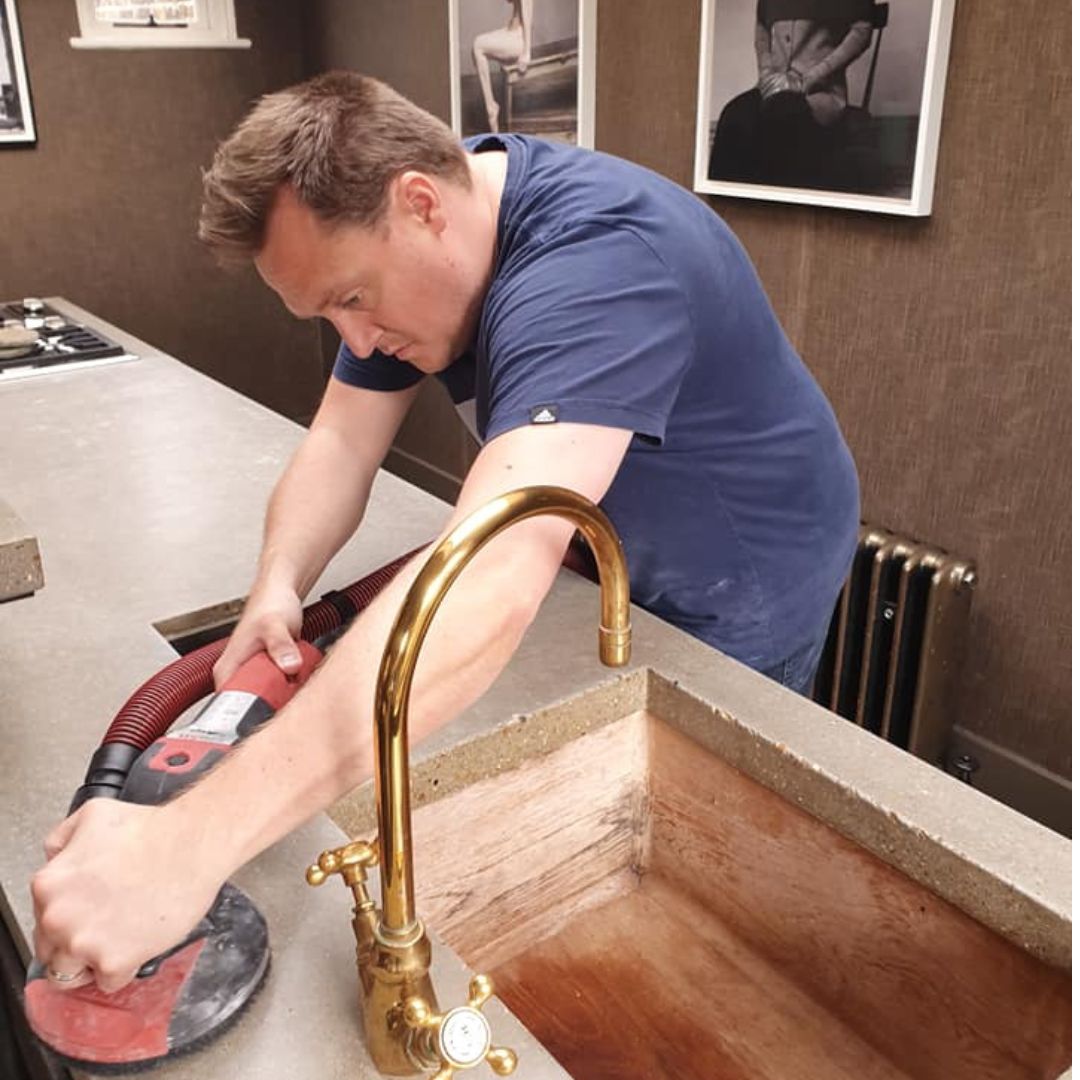Discover the latest tips and tricks for
marble cleaning and polishing, as well as other stone surfaces, by checking out the posts below. Our expert advice will help you maintain the beauty and durability of your stone surfaces for years to come. Whether you need to remove stains, prevent damage, or protect your surfaces from wear and tear, we have got you covered. Browse our posts now and discover practical solutions for all your marble cleaning and polishing needs, and more.
